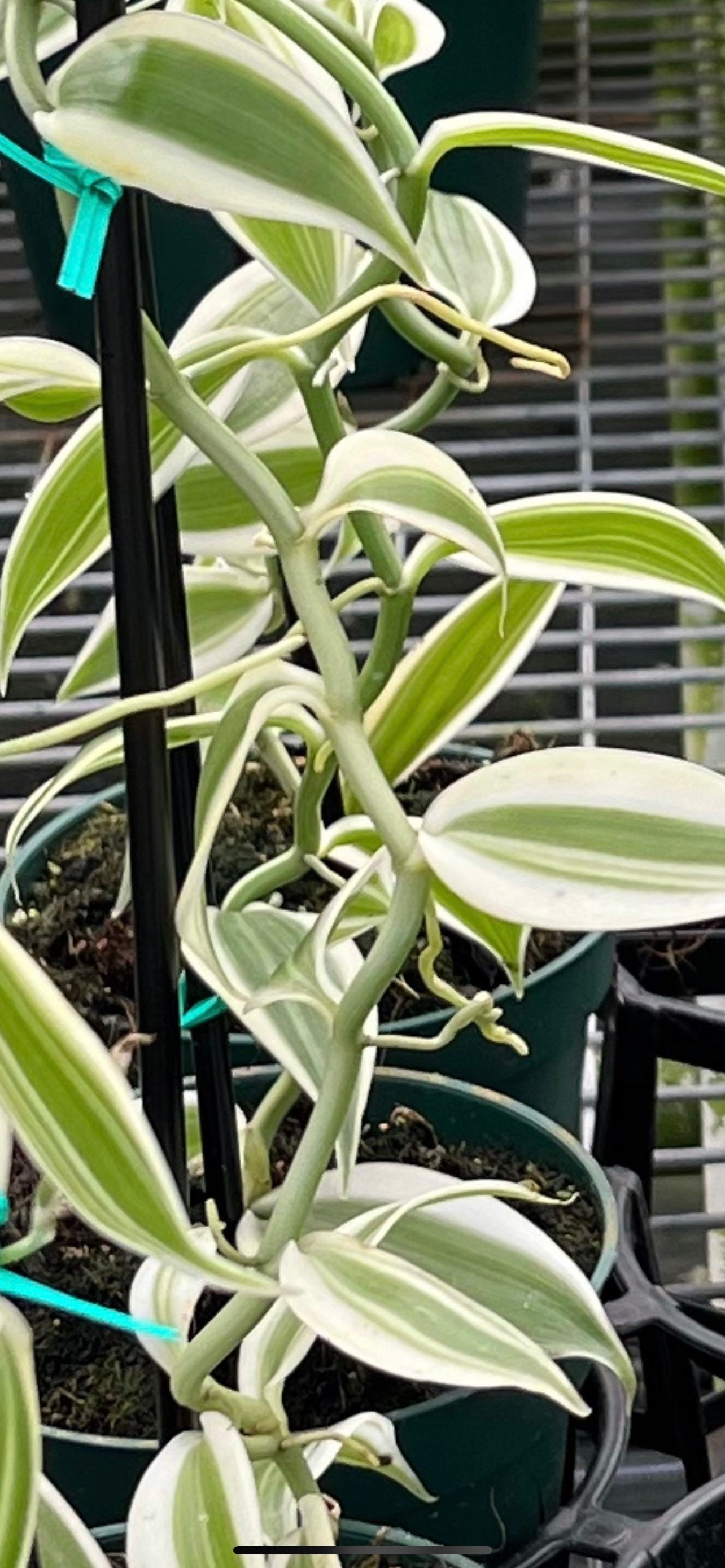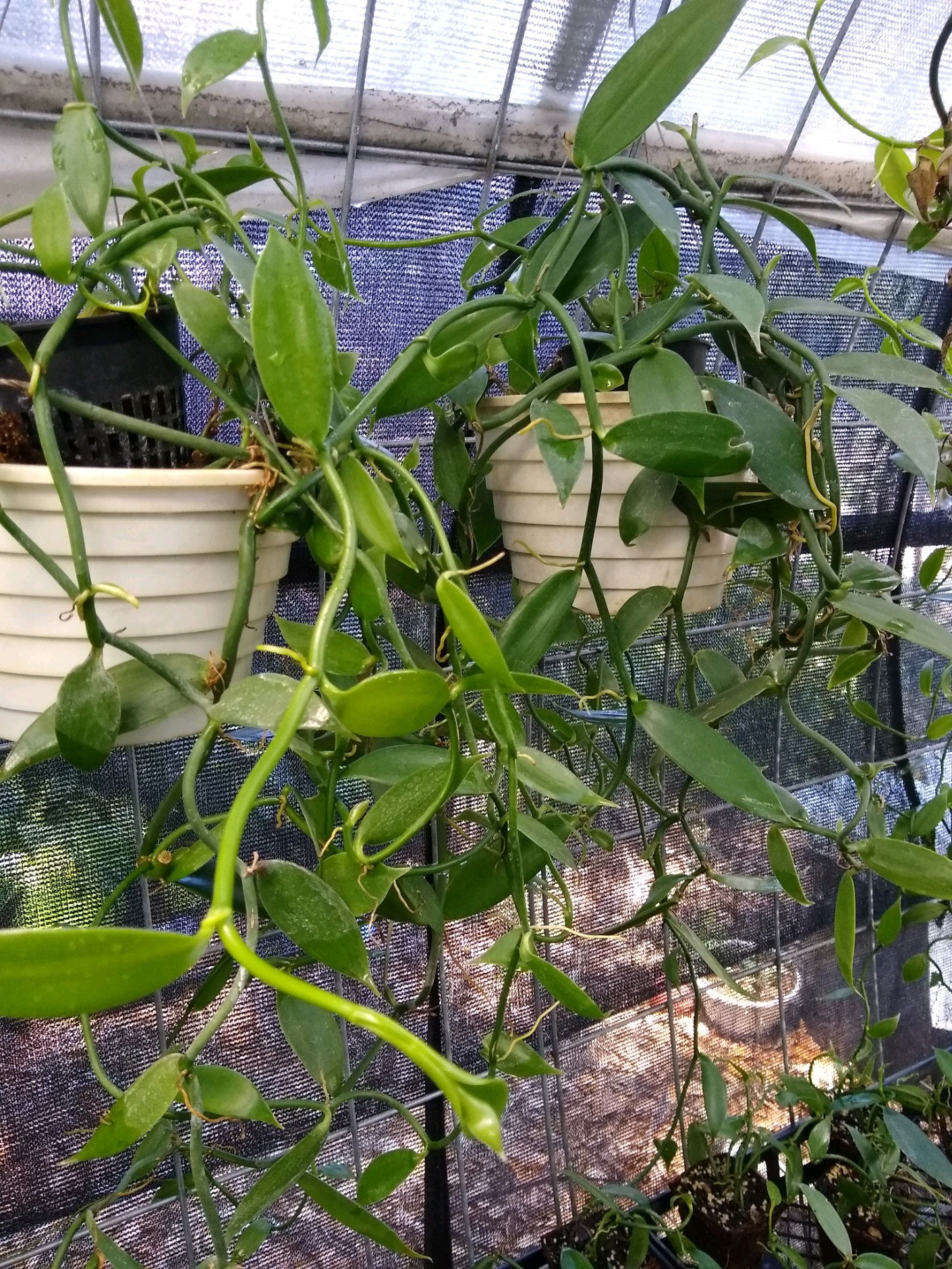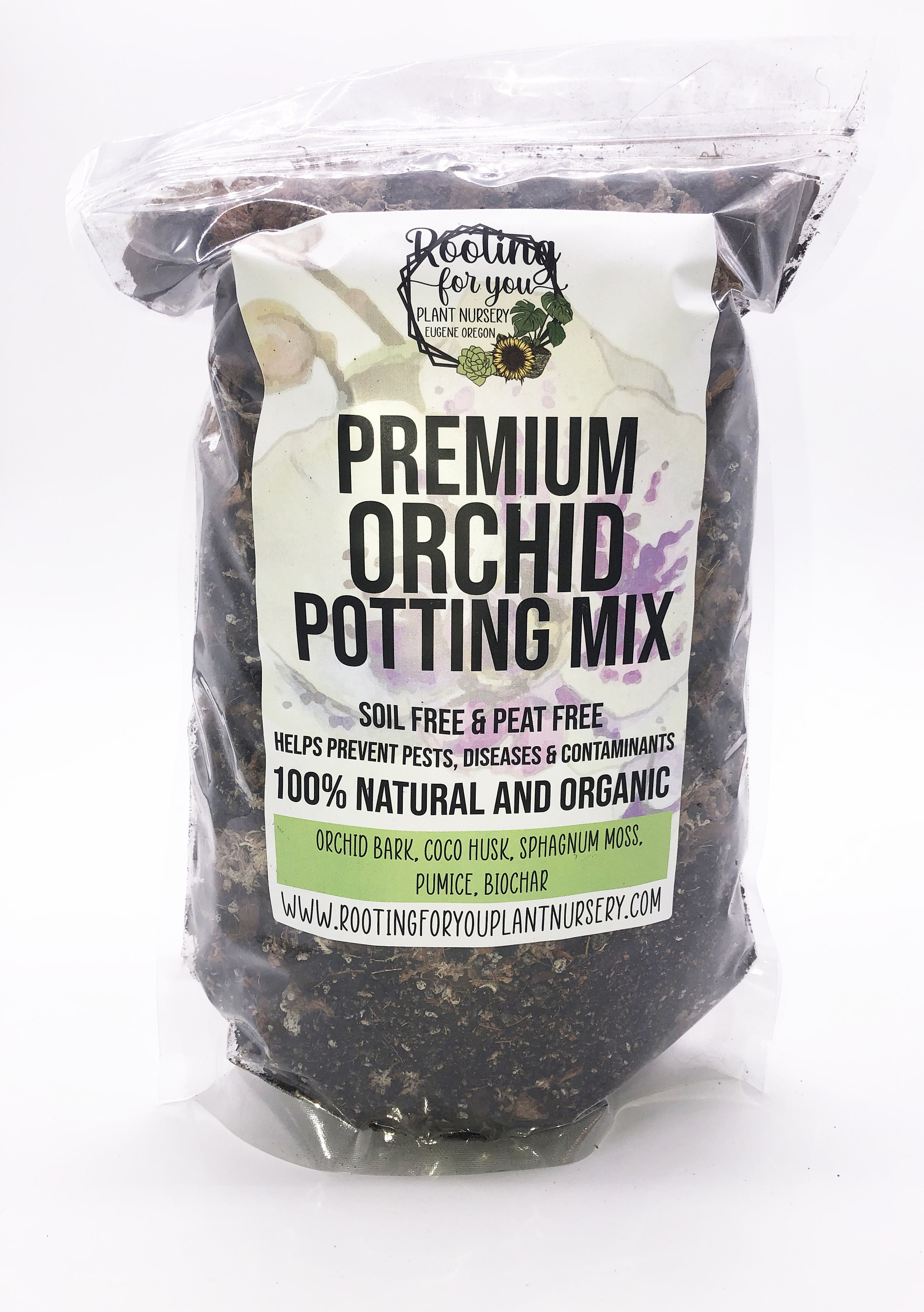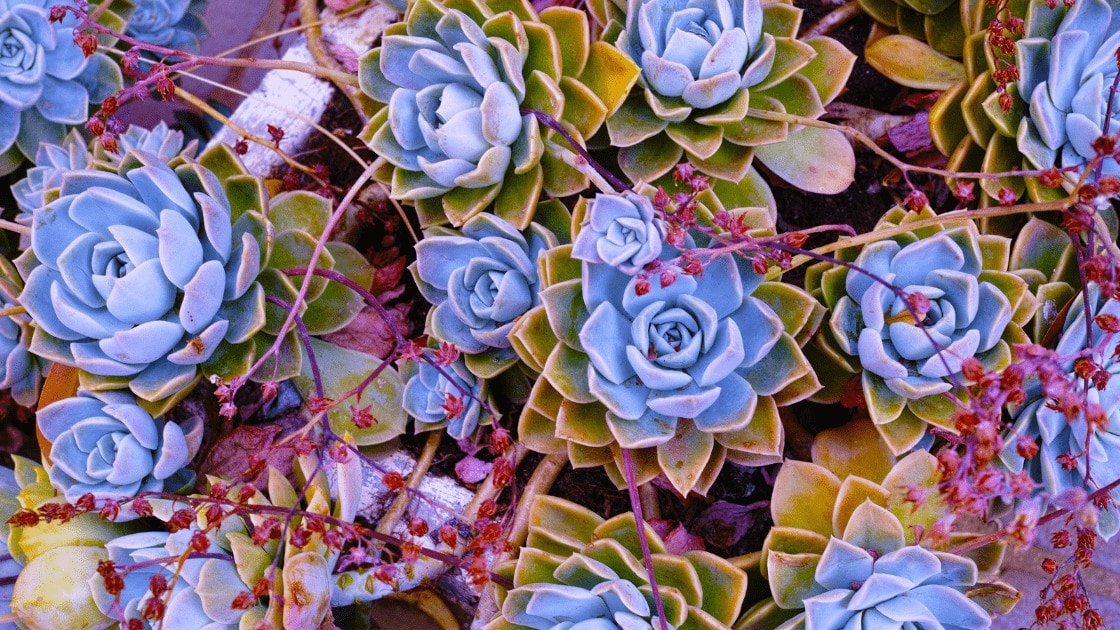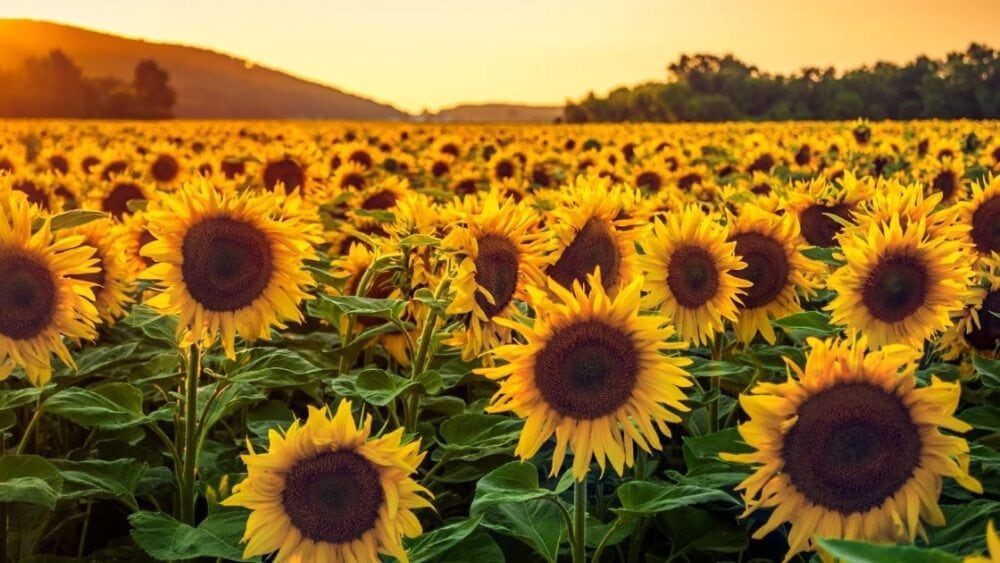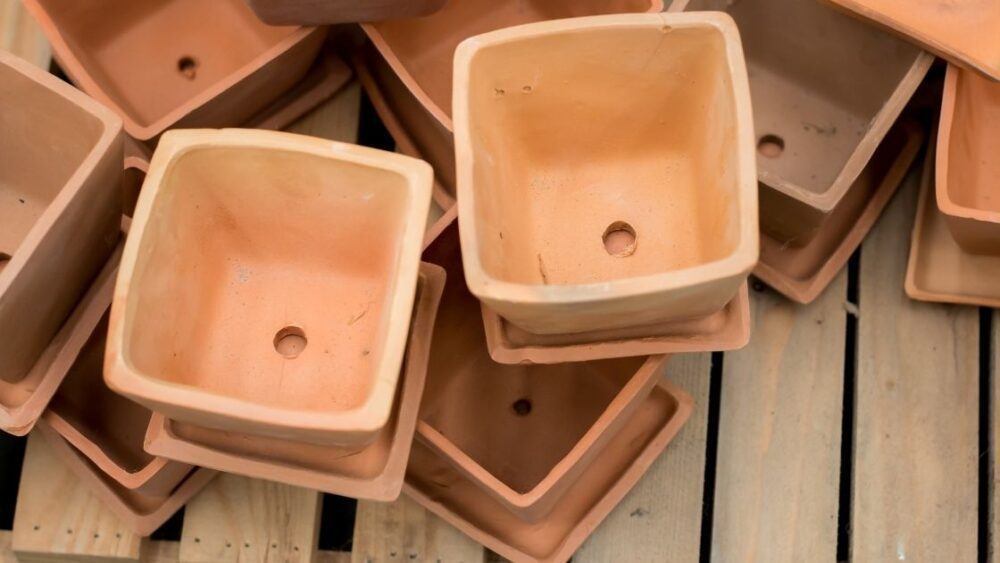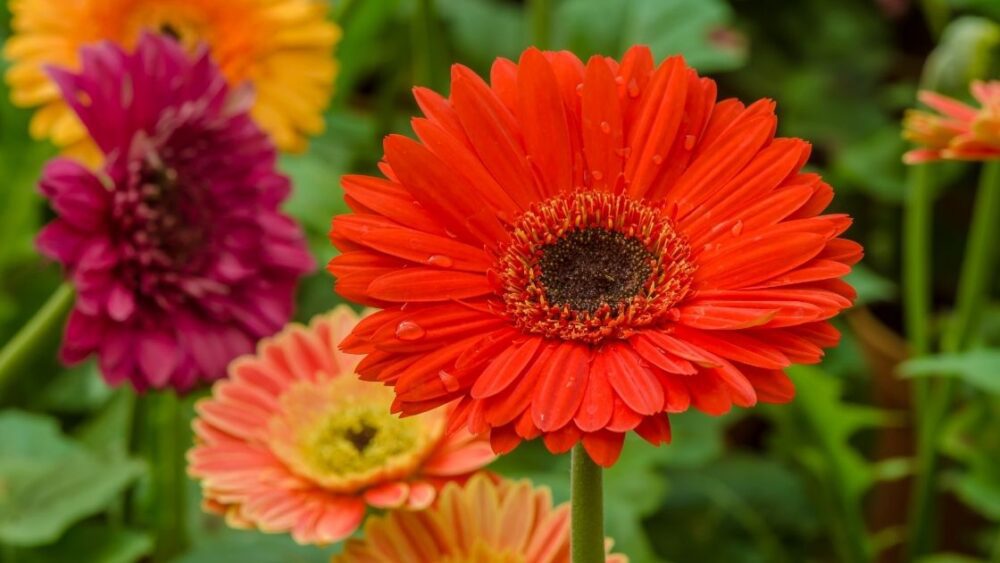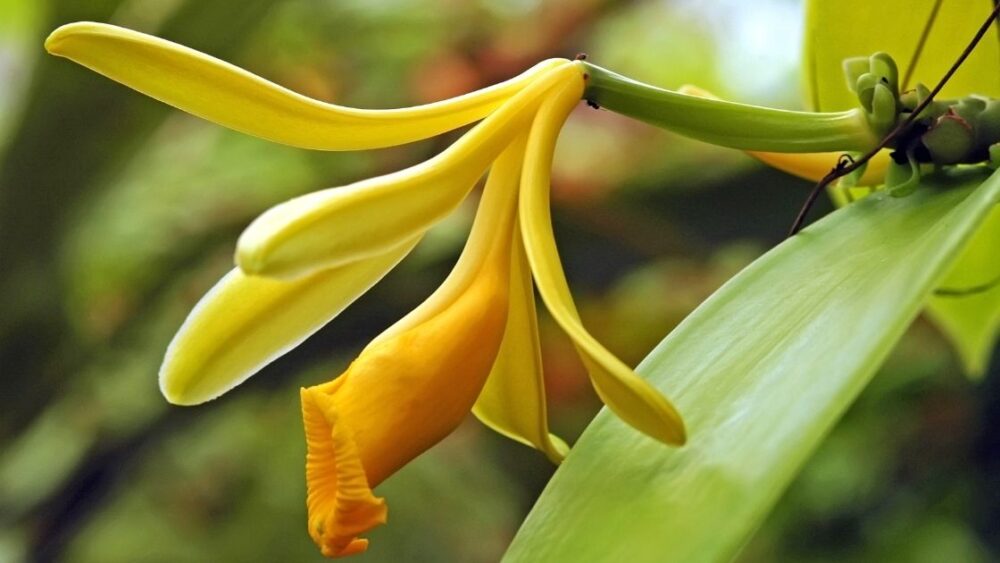
Vanilla Orchids belong to the family of Orchidaceae and have over 110 species. The plant is native to Belize and Mexico. The vanilla is multipurpose and widely used industrially. Although vanilla plant is a good resource, common conditions attributed to the plant include fungal disease, root rot, and wilting.
Wilting is the process a plant loses resourceful water, shrinks, and probably dies. Wilting is a severe condition that needs immediate attention. This article helps if your plant shows signs of wilting: size reduction or color change, and further explains the causes of wilting, solutions, and care.
Possible causes of Vanilla orchids wilt?
Several causes lead to plant wilting, mostly due to improper water flow between the environment and the plant system. Optimal balance is necessary for all plants: imbalances lead to plants losing or absorbing too much water. It is widely known that too much evaporation (loss of water) from the plant causes wilting.
Browse our Affiliate Products
It should also be known that too much water (water logged) can cause wilting. It will help if you get familiar with your vanilla plant and know what healthy vanilla looks like. All wilting plants do not always lose weight and fall off – falling leaves are a symptom of late wilting. Early wilting may come with color changes and dull Vanilla plants. Some of the common causes include:
For more information on other types of orchids, click here to view our orchid article category
Insufficient moisture in the stems and leaves
Plants wilt when the stems and leaves do not receive enough water from the root. The systemic function of a plant requires all the body parts to play their unique function. For example, the leaves are widely involved in photosynthesis and the trapping of sunlight. Inadequate water in the leaves results in impaired photosynthesis. The roots play a crucial role in water circulation: absorption and distribution of water through the system. Roots absorb water by the roots networks via osmosis – water absorption is not enough to keep the plant healthy: it should flow through the plant for effective metabolism.
Ensure your vanilla plant looks good by checking the leaves and stems – be familiar with a healthy vanilla plant; any diversion may result from root rots. How does a healthy leaf and stem look? Ensure you can differentiate unhealthy from a healthy plants. However, short-time wilting does not cause harm to the vanilla plant.
Wilting due to hot weather
Weather determines environmental temperature; heat and coldness are factors of temperature. Thus, your vanilla plant either loses or absorbs heat from the environment. When it is sunny, the ecosystem becomes hot, and your plant, one of the living things, absorbs heat. The amount of heat determines if the plant loses water. Wilting, due to hot weather, is a natural thing. It is necessary to relocate your plant if it is exposed to excess sunlight during hot weather. Also, you may wet the plant during hot weather if the soil looks dry.
Extended exposure to hot sunlight may lead to serious conditions: leaf scorch, leaf drop, and stunted growth. The first care for your vanilla plant in hot weather is to check the amount of light exposure. If the plant is widely exposed to sunlight or looks very hot, you may relocate the plant. The vanilla plant does not cope effectively with too much sunlight.
Incorrect soil medium
Incorrect soil medium causes waterlogging and prevents effective oxygen flow. Some conditions like fungal disease may lead to wilting: wilting is the last, and apparent symptom gardeners notice during fungal disease. It is necessary to keep a good eye on your plant to detect any changes in the plant due to underlying conditions. Incorrect soil medium reduces oxygen flow because of waterlogging. The correct soil medium’s main effect is promoting oxygen flow and reducing waterlogging.
Little light
Little light affects the general systemic function of the vanilla plant. The plant withstands a little high light intensity, keeping it from dehydration and sun-scorch. However, it would help if you balance the light exposure: it cannot perform effectively with much light exposure.
How to avoid wilting of Vanilla orchids?
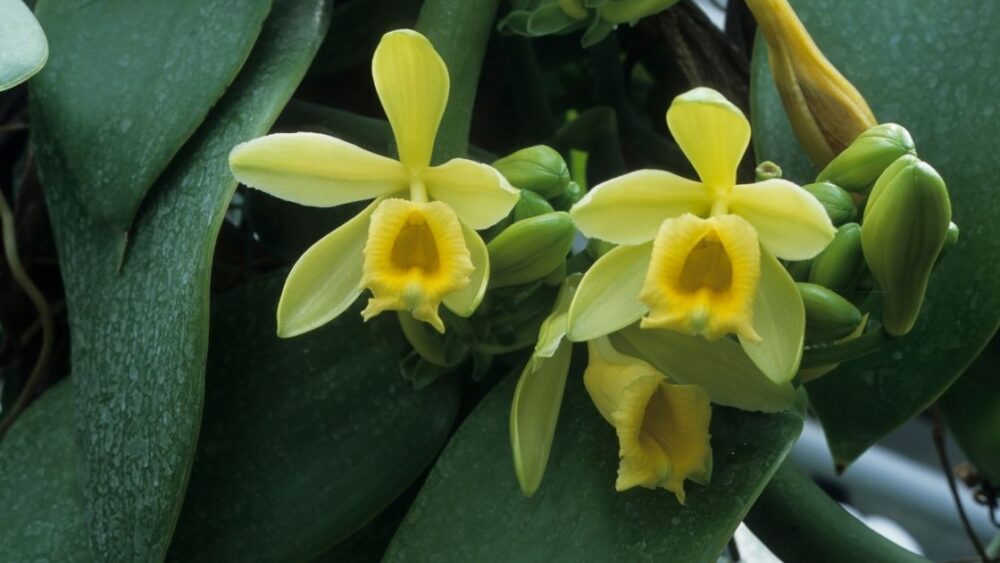
The best way to avoid wilting Vanilla orchids is to reduce all the causes of wilting in a plant. Some of the things to look out for are listed below.
Ensure the root receives enough water
Water flows from the root into the stem and leaves: the plant would not perform its systemic function without adequate water. Watering is important in this case; ensure you water in the morning so that the absorbed energy from sunlight works with the moisture plant by aiding photosynthesis early enough.
You can ask yourself, “what are the actions you take that may likely increase waterlogging?” if you can think of an action or more, quickly do your best by reducing such action. For example, a wrong soil medium increases waterlogging; if you know the soil medium is incorrect, ensure you change it. Several actions lead to waterlogging and root rots – figure them, reduce them, and keep a healthy plant.
Improve oxygen circulation
During photosynthesis, oxygen is produced. The oxygen must leave the plant: if one or more actions reduce oxygen circulation, it builds ups and causes havoc like wilting. To prevent this, ensure the plant soil is well-drained, air-free, and allows for easy air circulation.
Vanilla Orchids general information and care
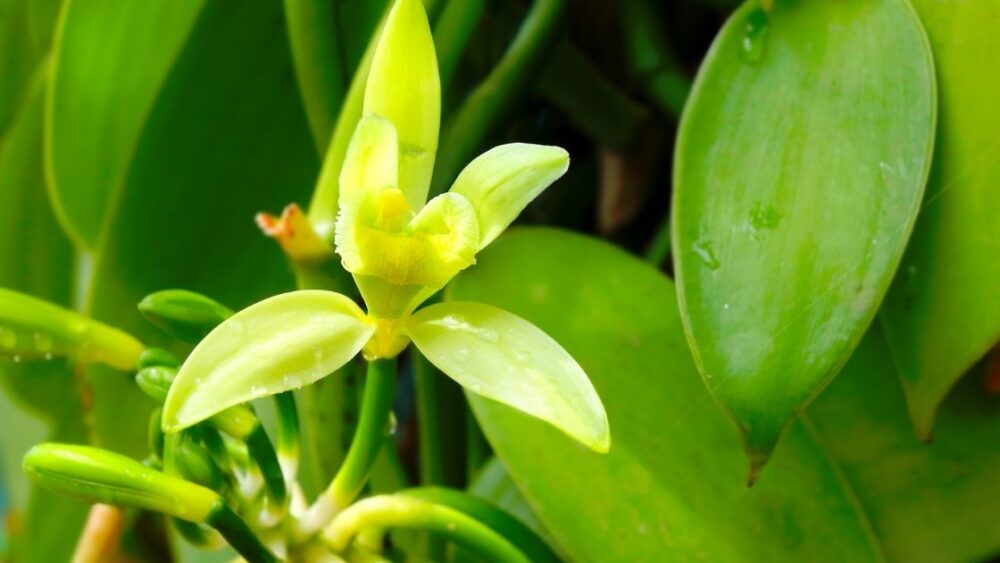
- Common Names: flat-leaved Vanilla and West Indian vanilla, vanilla orchid
- Scientific name: Vanilla planifolia
- Growth cycle: 2 – 7 years
- Sun: bright, dappled sunlight
- Watering: Evenly moist; dry out between watering
- Adult size: grows up to 8 – 10 ft.
- Planting zones: USDA hardiness zones 11 through 12
- Weather hardiness: winter hardy
- Propagation: leaf cutting
- Toxicity: non-toxic
- Dormancy: year-round
- Soil: well-draining soil
- Bloom: spring
- Fertilization: two times: spring and summer
Conclusion
The vanilla plant is non-toxic and safe in the house: you can put the plant around your pets and family. Aside from this, vanilla is easy to care for and grows to maturity in 4 years (averagely): you have long years to enjoy your vanilla plant.




